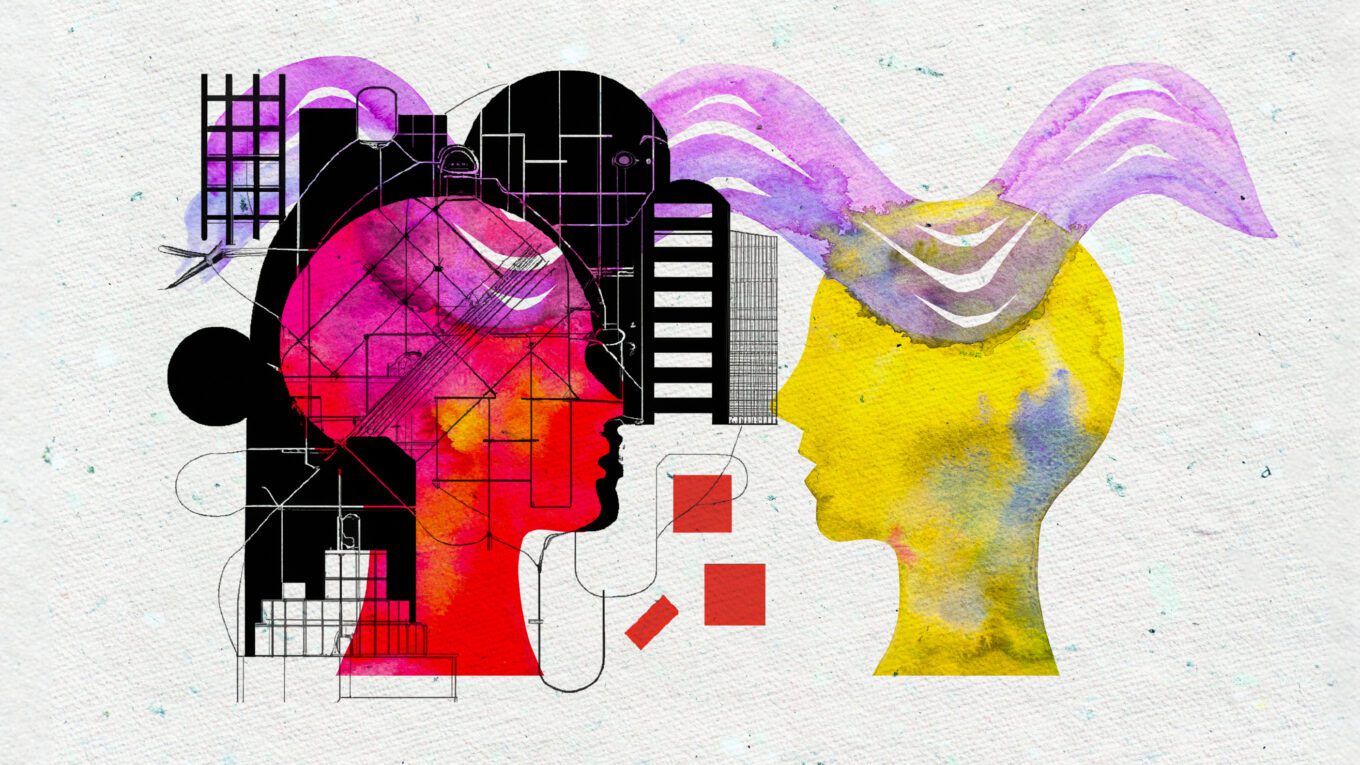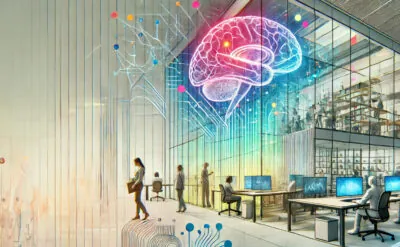The alarming surge of mental health issues is undeniable. Approximately 1 in 5 Canadians and 1 in 4 individuals in the UK experience mental health challenges annually. In the United States, 1 in 8 emergency department visits is related to mental disorders or substance use. Factors such as economic stresses, climate-related disasters and inadequate access to treatment exacerbate this global situation. The imperative is clear: we must integrate mental health considerations into our design process, just as we do for physical health.
Most people corelate mental health treatment and rehabilitation with healthcare facilities. The reality is that we are creating spaces to accommodate mental health requirements across all building typologies, including healthcare, correctional facilities, schools and workplaces. These spaces must serve their intended functions, but at the same time provide a safe environment for all users.
The 2023 World Mental Health Day theme, “Mental health is a universal human right,” resonates strongly because its objectives align with our progressive design thinking. In this Insight Article, we delve into the pivotal role of architects and engineers in advocating, educating, and supporting mental health awareness within the built environment and explore design principles that can be applied across different sectors. The starting point is empathy, an essential skill for architects in listening to and understanding stakeholder requirements.
Creating Safe Spaces
Incorporating a mental health perspective into architectural design places a premium on safety. There should be no spaces where patients can hide; all individuals within a space must be readily visible. Furniture should be durable, serving both sustainability goals and preventing potential misuse or relocation. Spaces should be designed to allow for multiple purposes and should be designed to meet changing operational needs to provide a variety of therapeutic environments for patients, residents, justice-involved individuals, employees, students or staff.
Open planning affords better sightlines, and eliminates the anxiety and uneasiness created by crowded and cramped conditions. The design of mental health facilities should anticipate an orderly sequence of spaces that are designed to provide a secure, yet calming and safe environment. Good orientation and clear wayfinding are of particular importance when dealing with vulnerable building users.
Key design safety features that should be considered in a mental health clinical environment include:
- Audible alarmed door top pressure sensors
- Anti-ligature/tamper-resistant fixtures, finishes and equipment including all ceiling elements; sprinklers, vents, signage, outlets and headwalls.
- Water shutoff valves readily accessible by staff
- Tempered laminated glass and polycarbonate for vision panels
- Clear sight lines
- Soft edges to hard surfaces
Therapeutic Environment
Designing an inviting and calming environment is essential for individuals experiencing a mental health crisis. De-escalation rooms or quiet areas are no longer exclusively reserved for patients; they are designed with all building occupants in mind, including staff. Respite areas offer everyone a space to find tranquility, whether it is a dedicated room or an outside space that harnesses the healing power of nature.
Indoors, using materials inspired by natural elements, murals depicting nature, and carefully selected color palettes create effective healing environments. Scientific studies have shown the positive physiological effects of touching wood compared to other materials on brain and autonomic nervous activity. Optimizing natural light and views to nature can impact mood positively. Visually and acoustically uncluttered environments can facilitate concentration and help with wayfinding.
Creating discrete areas within or adjacent to the Emergency Department as specialized mental health assessment units are a relatively recent trend which involves creating trauma-informed environments. These dedicated areas streamline access to psychiatric care in a comfortable setting, reducing hospital admissions and enhancing patient care. This supportive environment also diminishes the likelihood of aggressive behavior towards staff, with the design features which include close proximity of professionals to patients and use of unlocked areas for individuals needing temporary decompression.
Human-Centric Design
Our greatest strength is embracing evidence-based research and applying knowledge and experience across the spectrum of health design. Change does not happen without open conversations – and by asking the right questions. It involves listening and translating clients’ needs into tangible solutions.
In architectural practice, our ideas and designs are often conveyed through 2D plans, elevations, and 3D models, shared with clients and various sub-consultants. Today, we can take this a step further through an immersive design process where clinicians, staff, patients or families can experience a space using a combination of virtual reality and simulation enabling earlier integration of user feedback into the design.
When patients, their families, other caregivers, and the public are active participants, the experience of care and the economic outcomes can be substantially improved.
Architecture of Change
In these critical times, architects are emerging as unsung heroes, poised to profoundly impact and shape a better future. Many United Nations Sustainable Development Goals are directly influenced by mental health, including poverty reduction, economic growth, and the creation of safe and resilient cities and settlements.
The architecture community is essential in helping to destigmatize mental health care by facilitating dignity and respect within welcoming healthcare and rehabilitation environments. To truly be architects of change, we must first understand the interconnectedness of mental health with broader societal issues within vulnerable populations – and integrate mental health considerations in our design process, just as we do for physical health in all project types.
Start a conversation: Cristi Glenn and Russell Baxter



